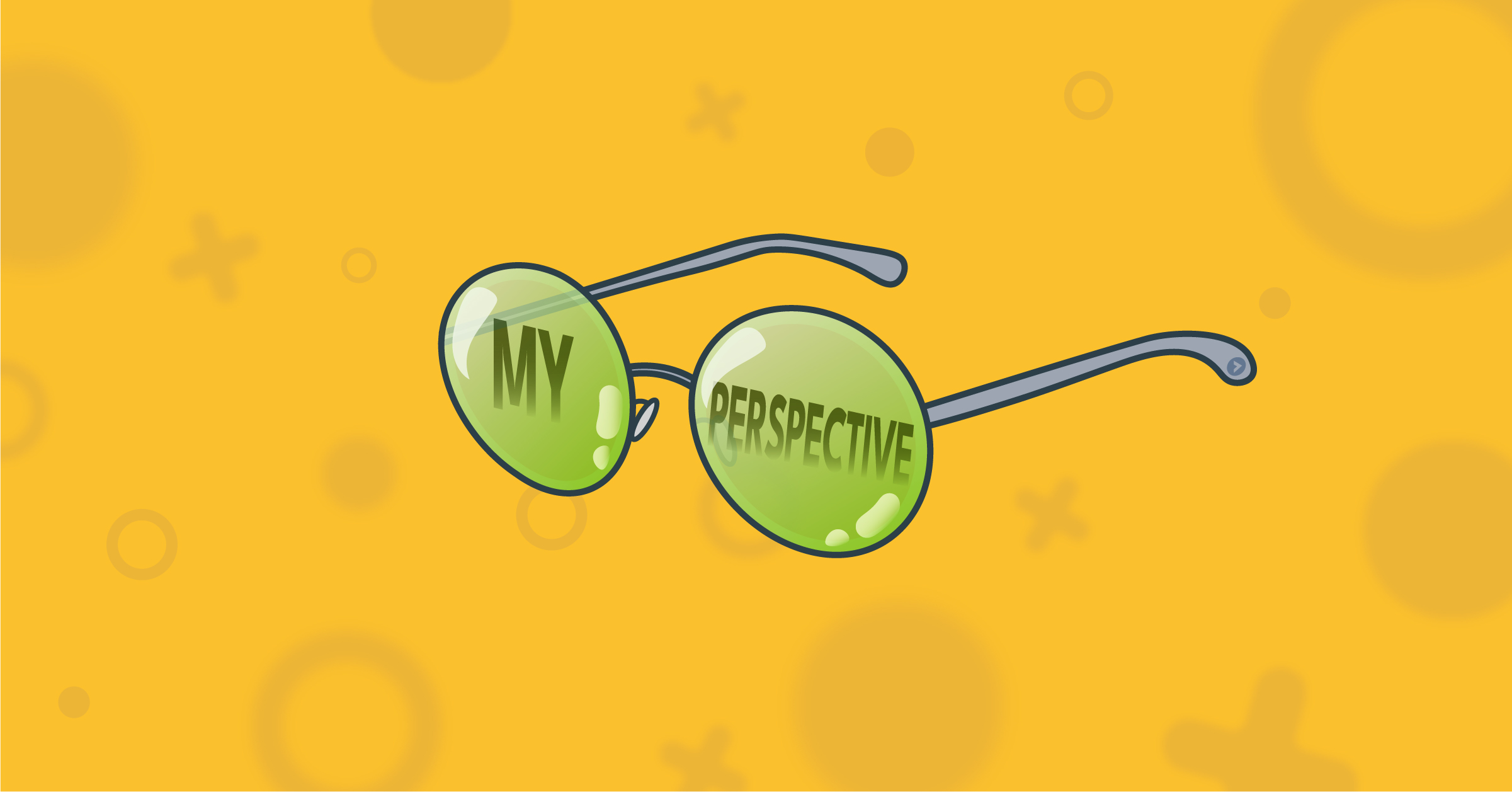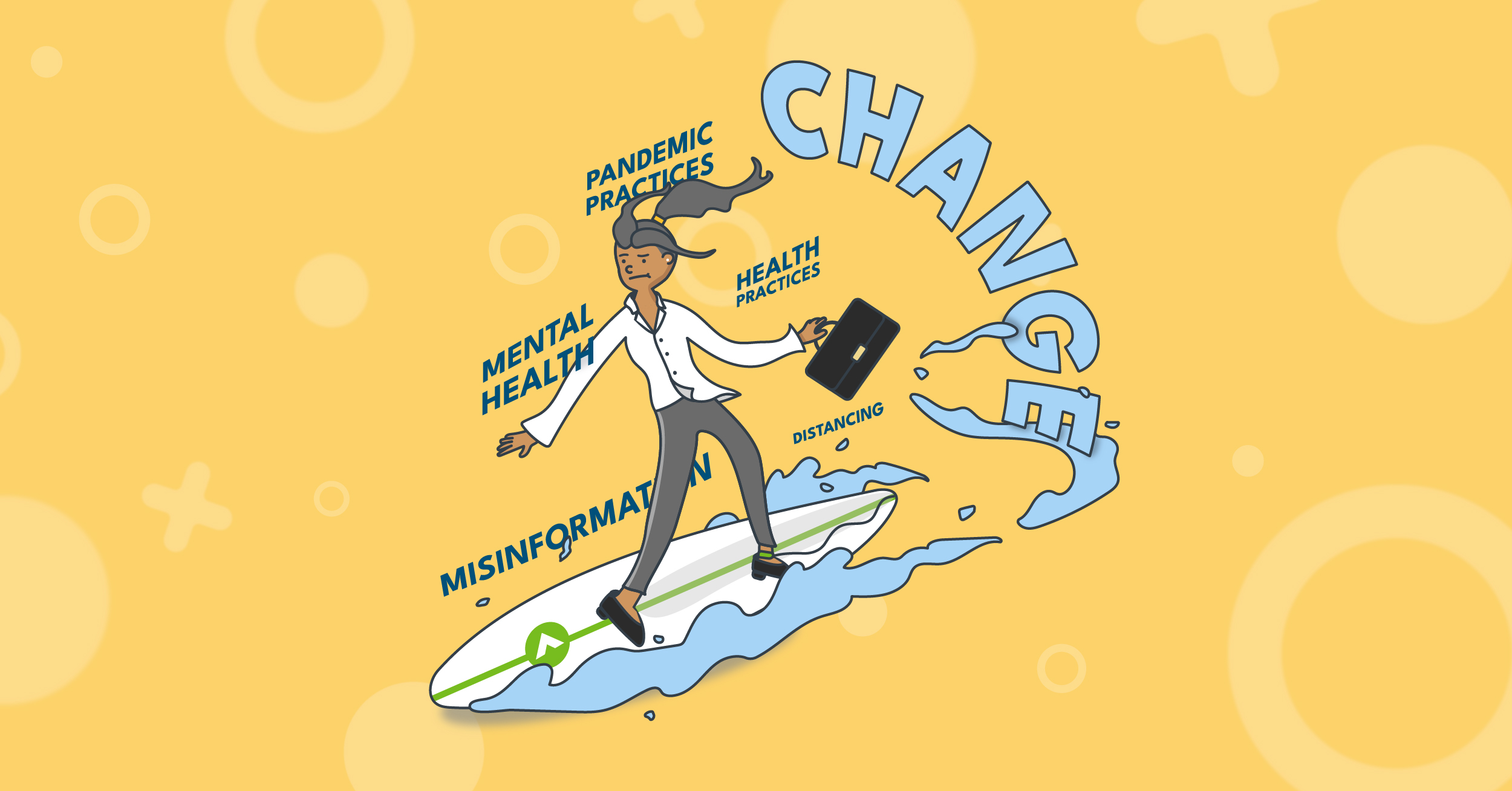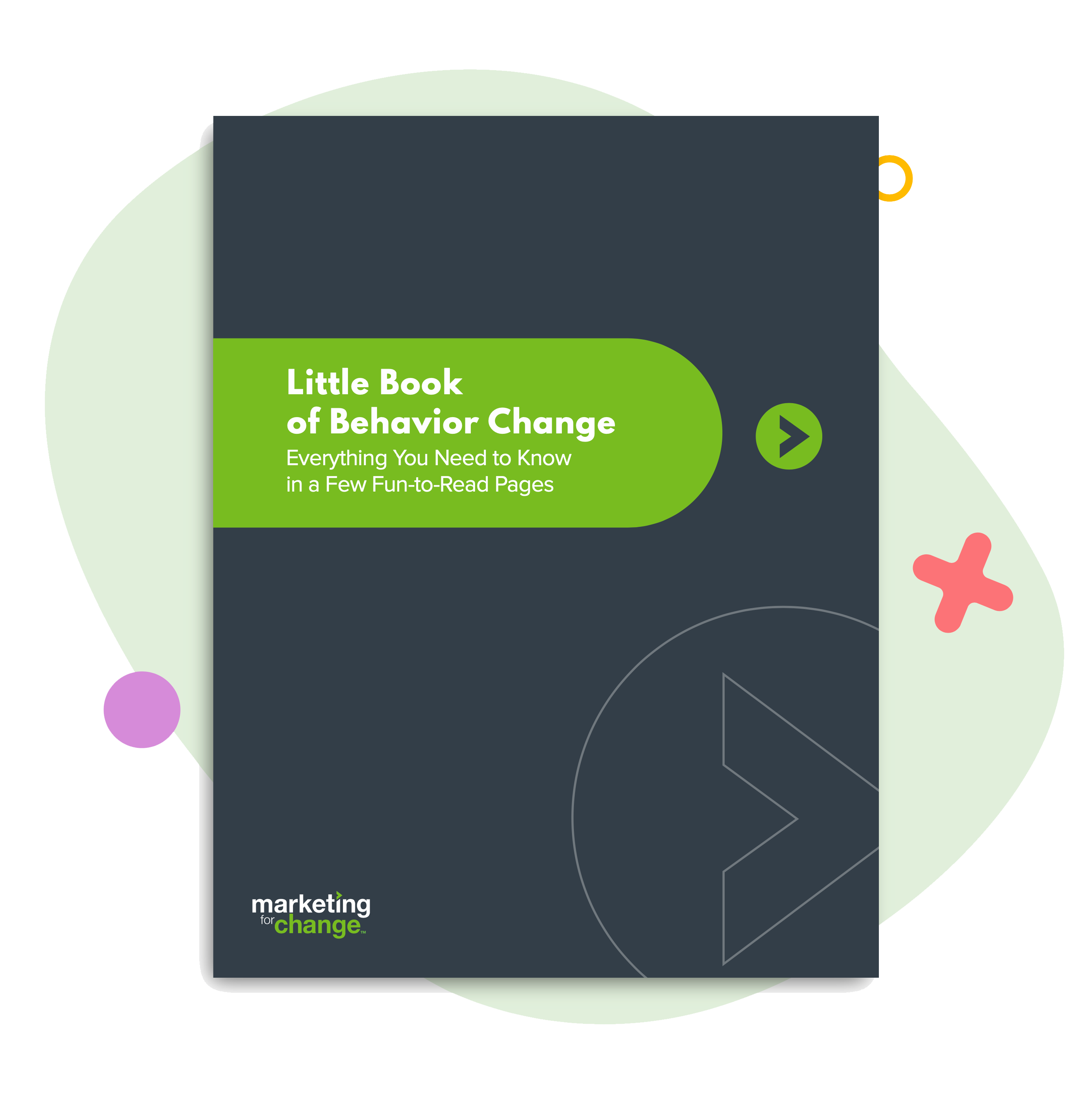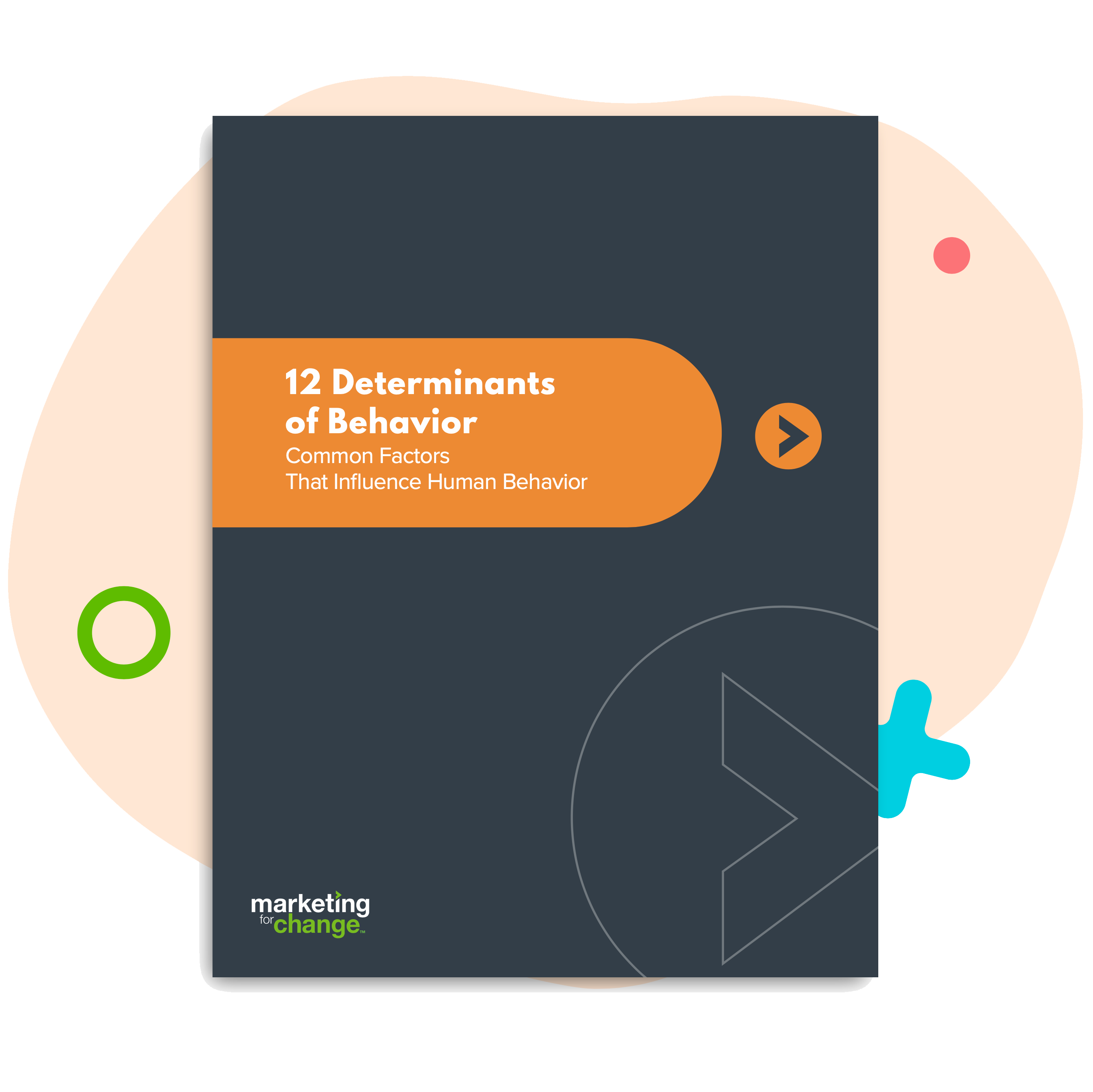
You Are Naive and It’s a Problem
No matter how sophisticated you think you are, you are still naive. Even if you are an expert in your field. Even, in fact, if you are a justice of the U.S. Supreme Court.
Your naivete can have devastating consequences for people who are not like you. Because you are also biased. What you consider to be the objective truth is anything but.
Not because you are a bad person, but because you are human.
What you need to know about naive realism bias — and how you can combat it
Naive realism is a cognitive bias that arises from the fact that as humans we can’t get outside our own heads. Our worldview is inevitably shaped by our experiences and deep-seated beliefs, as well as what we choose (consciously and unconsciously) to pay attention to or ignore.
But we nonetheless tend to believe that reality as we perceive it is the objective truth and that the facts as we interpret them are plain for all rational people to see.
Even our nation’s top arbiters of the objective truth can be swayed by this bias. Professor, lawyer and best-selling author Adam Benforado detailed an example in a keynote address this past May at the Behavioral Science Policy Association conference.
You can watch Adam’s 5-minute author talk starting at the 1:55 minute mark of this conference highlights video. But here is the gist. On a rainy night outside of Atlanta, a 19-year-old Black man caught in a speed trap hit the gas rather than pulling over. The officer gave chase and purposely bumped the fleeing car, causing it to flip and paralyzing the teen.
The teen sued for unreasonable seizure under the Fourth Amendment. When his case reached the Supreme Court, the majority opinion penned by Justice Antonin Scalia stated that “no reasonable juror” could possibly watch the officer’s dash-cam video and not see that the teen was to blame.
Behavioral scientists put that finding to the test. Researchers showed the video to a broad cross-section of American citizens who could potentially serve on a jury.
Perhaps unsurprisingly, conservative, wealthy, older white men in the West thought the video “proved” the police right. Liberal, lower-income Black women in the East — who are all too aware of what can go wrong when a Black man gets pulled over by police in an isolated rural area, especially in the South — saw proof of the exact opposite.
“We are all walking around with tinted glasses and our backgrounds and experiences color how we see seemingly objective facts as well as how we apply the law,” Adam said.
The implication that our view of the truth is shaped by individual experiences is truly awful if you come from outside the traditional power structure and your fate is being decided by people who exist comfortably within it.
But it also holds the only solution for combatting naive realism. We can start by realizing that our truths are not necessarily The Truth. And then we can invite, and listen to, differences of opinion.
Most importantly, we should do all we can to ensure our decision-making contexts involve a healthy mix of people who are different from us.
We need to bring more truths to the table.

Sara Isaac is Chief Strategist at Marketing for Change.






